Incense in Japan
The perfection of producing
and enjoying incense.
Since the 6th Century
Incense was introduced into Japan at the beginning of the 6th Century when Buddhists, who use it daily for meditation, ritual and ceremonies, first came to Japan.
The chance introduction of agarwood started Japan on the journey of refining and perfecting incense making. This very resinous wood has a unique scent, and started Japan on a very special journey with incense.
Japanese incense does not use a central bamboo stick. The powdered incense ingredients, wood, resins, herbs and roots are moulded into sticks, cones and shapes without additional supports or ingredients. Apart from powdered incense, Japanese incense also includes the warming of woods and resins to release their fragrance.
Some of the oldest companies in the world are Japanese incense companies. Many are more than 300 years old.
Kodo Incense Ceremony
Kodo has a holistic approach to the relationship between the fragrance, nature, the senses, and the human spirit. The emphasis on spirituality and refined concentration is central.
Ritualised incense use changed and developed through time, including by the Samurai to purify their minds and prepare for battle by appreciating the fragrance. Kodo (The Way of Incense) was eventually established in the 16th century. Similar to tea ceremonies, Kodo ceremonies are highly codified, creating the environment to focus entirely on the process of burning and enjoying incense.
Kodo is one of the three classical arts of refinement. Participants follow specified practices to prepare and enjoy the incense along with incense-comparing and ingredient-guessing games. A set of utensils, valued as art, are used for the ceremonies. The vessels used to hold the incense can be very valuable objects in themselves.
Incense can also be used as part of the tea ceremony.
The Ten Virtues of Kō
During this time, the “Ten Virtues of Kō”, a list of benefits that come from the correct use of quality incense, was formulated.
- 感格鬼神 : Sharpens the senses
- 清浄心身 : Purifies the body and the spirit
- 能払汚穢 : Eliminates pollutants
- 能覚睡眠 : Awakens the spirit
- 静中成友 : Heals loneliness
- 塵裏愉閑 : Calms in turbulent times
- 多而不厭 : Is not unpleasant, even in abundance
- 募而知足 : Even in small amounts is sufficient
- 久蔵不朽 : Does not break down after a long time
- 常用無障 : Common use is not harmful
Modern Life
Up until the 19th century, incense was relatively expensive and its use was therefore restricted to the wealthy and special occasions.
When production became more automated, incense started to become more widely available to the general public. “Everyday” incense ranges were developed at the beginning of the 20th century, making it not only more readily available, but also more affordable.
Much of the Japanese incense sold outside Japan is this “Everyday” quality. Interestingly Japanese “Everyday” quality is still of a much higher quality and purity than incense from other countries.
Incensei is one of very few outlets outside of Japan that sells both “Everyday” and “Superior” incense.





